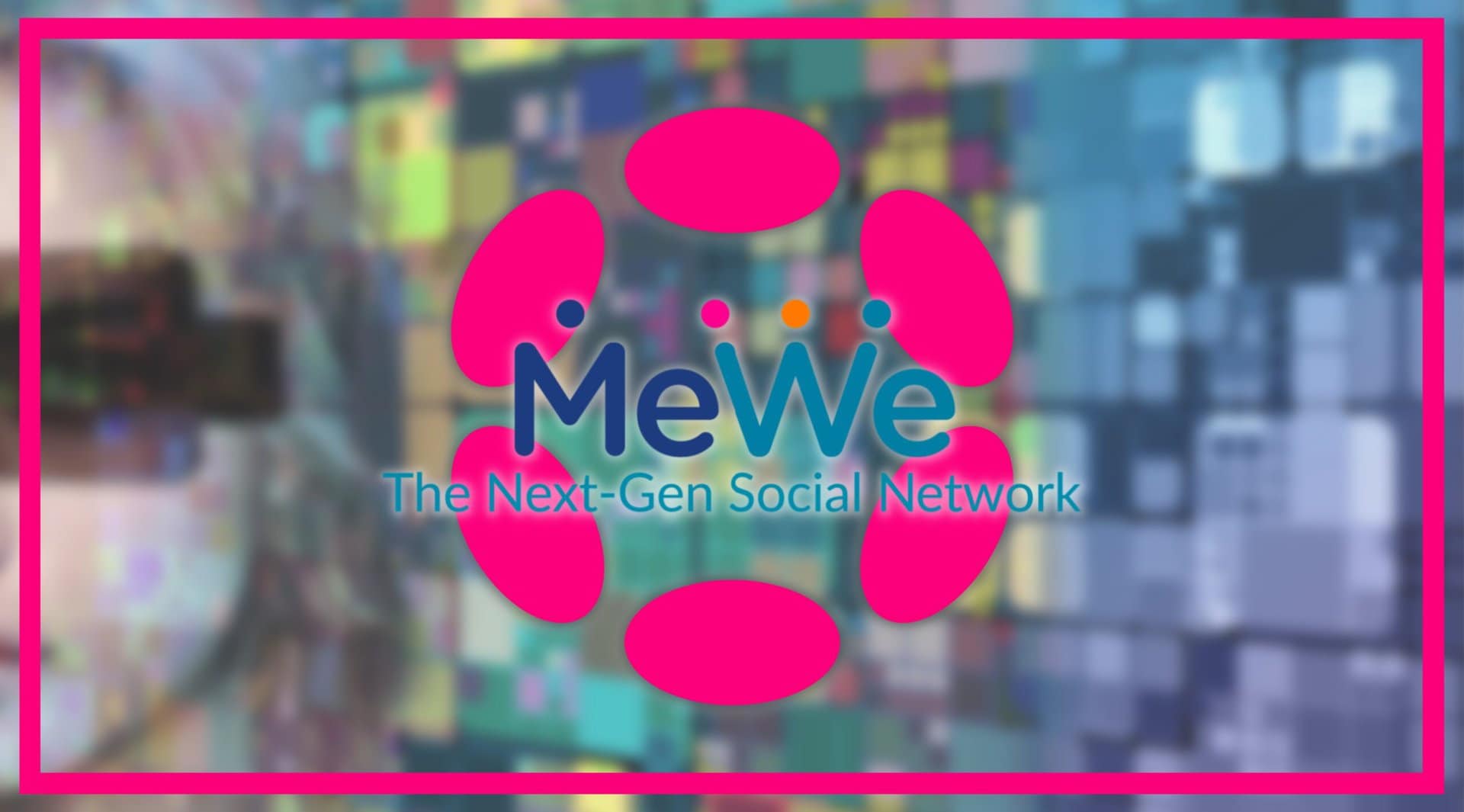Last week, PolkaDot announced its partnership with social network MeWe and filed for the trademark “Polkadot Converse.” PolkaDot’s cryptocurrency ($DOT) ranks in the top 20 of cryptocurrencies and, at time of writing, has a market cap of $7 billion. Will it prove successful in breaking the barrier between Web3 and social media, as other crypto platforms have tried to before?
Social media platforms on Web3 are decentralised platforms which enable users to interact without relying on centralised control. However, economically, their market shares have remained consistently low. Tether’s Keet (mobile social app) reached around $19.00 on the New York Stock Exchange (NYSE) in February, however has not pushed over that in the last year and has experienced considerable volatility since its launch. Steemit is a social media platform that leverages blockchain technology to reward publishers and content curators with tokens called STEEM. Steemit has gained popularity and a loyal community but the highest price of a STEEM token within the last year hasn’t been more than $14.00.
Polkadot has previously focused on parachain technology and transaction speed. However, it is evidently expanding its horizons. Polkadot’s filing for the trademark Polkadot Converse ignited speculation that Polkadot is creating a Web3 social media platform. After all, the trademark covers: “social networking software, software for creating, managing and interacting with an online community, software for creating, sending and receiving electronic messages, graphics, images, audio content”. In a time where billionaires are purchasing social media sites, campaign groups are raising awareness of data collection, and the manipulation of social media ads to influence votes in political elections, this could be the perfect time for a new Web3 app launch.
Polkadot announced its partnership with the social network site MeWe social, a “no ads, no spyware Next Gen Social Network,” with over 20 million users. In 2022, MeWe said it planned to migrate its tech over to a Decentralised Social Networking Protocol (DSNP). This DSNP was created by Project Liberty last year.
HUGE@gavofyork who built $ETH in a weekend is about to fix social media too.
— Donnie (@DonnieBigBags) May 24, 2022
Teaming up with fellow billionaire Frank McCourt to build a serious DECENTRALISED social media platform.
He doesn't miss. No one knows more about decentralisation. https://t.co/Kp0Mtw2TTz $DOT
Project Liberty is funded by real estate billionaire Frank McCourt, with the goal of creating an open-source, publicly owned infrastructure called the Decentralised Social Networking Protocol (DSNP). The idea is to centre the internet around people instead of data accumulating platforms. However, MeWe still needed a blockchain platform to host it: Polkadot. MeWe announced at Consensus 2023 that it will integrate with Frequency, a parachain of Polkadot with the user’s accounts being moved over to the network:
“Blockchains make it possible for people to interact in digital spaces while retaining direct control over their own data. However, until now, when blockchain technology has been applied to social networks – which entail high-volume transactions with low individual value – costs overwhelm a business model before an app reaches even a million users.”
The Frequency parachain enables apps to overcome this barrier by allowing builders to build more transaction capacity at a predictable, low cost, a Frequency press release states.
“Frequency breaks the price barrier so blockchain technology can be used to decentralise social at massive scale,” said Braxton Woodham, President of Amplica Labs, the team that was the initial technical contributor to Frequency. “This breakthrough enables a bridge for Web 2.0 apps to connect their existing user bases to Web3 value, and opens blockchain for use cases that go far beyond DeFi.”
"It's not too late. There is still a path forward to adopt & scale a healthier system for social networking. The Frequency & KILT integration provides essential building blocks & a path for existing social networks to transition to this world." -Harry Evans @harrye #Consensus2023 pic.twitter.com/41pdiyAbKm
— FREQUENCY (@one_frequency) April 27, 2023
Frequency is “designed so that applications collaborate instead of competing when submitting transactions. It has four core features for developers: Capacity economics to scale without fear of being priced out. Coinless users and delegation to grow your user base without friction. Off-chain data broadcasting to maximise your throughput with openness and transparency. Shared schemas to standardise data interoperability to develop an ecosystem.”
Proponent will hope that this new approach may prove successful for a decentralised social platform and allow them to overcome the cost barrier that has hindered previous projects. It begs the question: is this the equation that Steemit and social media Web3 projects been missing? And is the new partnership between Polkadot and MeWe the solution?
Author: Bronwen Latham
#PolkaDot #DOT #MeWe #Frequency #Blockchain #Web3 #SocialMedia















